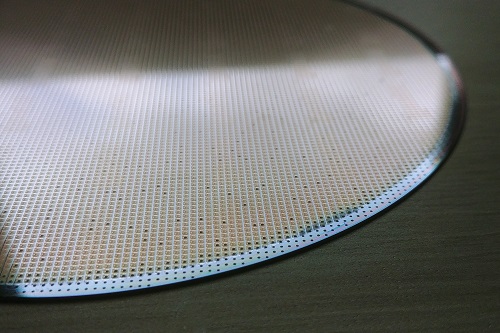ABOUT
Solidify Taiwan’s Leading Position in Semiconductor Industry
Advantages and Challenges of Taiwan’s Semiconductor Industry
The semiconductor industry is the economic and safety cornerstone of Taiwan. Our remarkable achievements are no fluke. They were built on decades of continuous investment by visionary governments and enterprises to develop leading technologies and nurture top talents.
However, we are now facing substantial challenges. Not only because other countries are striving to establish their own domestic advanced semiconductor industries, but the technology itself is also approaching fundamental physical limitations. Without disruptive breakthroughs, it is expected that future semiconductor technology may not be able to continuously reduce power consumption and meet the diverse computing requirements. Additionally, the manufacturing cost will not be reduced along with the technology node scaling as the original Moore’s law predicts. This will significantly reduce the economic incentives of device scaling, and thus stifle the momentum of the semiconductor industry.
Innovative Solutions Required
This program aims for exploring innovative “out-of-box” solutions that could maintain the leading position of Taiwan in the semiconductor industry for the next decade. Advanced semiconductor devices, materials, and metrology/inspection techniques are developed to support the mass production of Angstrom Semiconductor in 2030.
Thrust 1
Atomic-scale metrology and inspection
We leverage the cutting-edge metrology and inspection techniques with the Å-scale resolution developed in academia to satisfy the needs of increasing complexity in advanced semiconductor manufacturing. This allows the development of not only leading but also autonomous technologies.
Thrust 2
Key materials for future devices
We form multidisciplinary research teams to develop next-generation semiconductor technologies based on low-dimensional materials and devices for extending physical scaling limits.
Thrust 3
Angstrom-scale device and circuit
Inspired by the DARPA Grand Challenge approach that provides sufficient government seed funds for critical problems, we intend to explore feasible technological paths toward equivalent 1 nm-node devices and circuits for the next decade.



